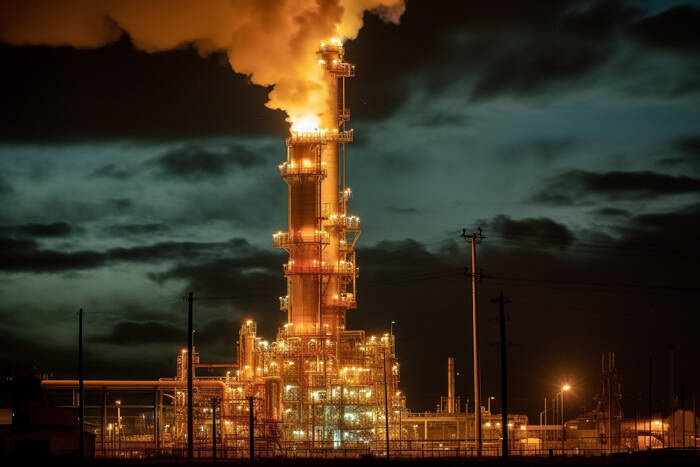Weather models continue to anchor the bullish case. Updated forecasts show extreme heat blanketing much of the U.S. through late July, with highs pushing into the 90s and 100s across key demand regions. NatGasWeather labeled the 6–15 day period as “decisively hotter,” while Vaisala and Atmospheric G2 highlighted enduring heat in the Midwest, South-Central, and Southwest.
These elevated temperatures are increasing air conditioning loads and driving up natural gas-fired power burns. Power sector demand is responding: U.S. electricity output rose 1.1% y/y for the week ending July 12, and 2.4% over the past 52 weeks, according to the Edison Electric Institute. This strong utility demand continues to provide a reliable floor for gas prices.
Are LNG Exports and Storage Trends Offering Enough Support?
LNG feed gas flows remain robust, hovering near 15.1–15.3 Bcf/d, down slightly on the week but still historically strong. While European storage sits at 63%—below its five-year average of 72%—there’s no immediate urgency from overseas buyers, though the gap could support U.S. exports in the medium term.
Domestically, the EIA reported a +46 Bcf injection for the week ended July 11, slightly above both the +45 Bcf estimate and the +41 Bcf five-year norm. U.S. inventories are now 6.2% above seasonal averages, despite being 4.9% lower than year-ago levels. The result reinforces that supply continues to outpace demand, limiting how far prices can rally without stronger draws.
Is Rising U.S. Production a Threat to Bullish Momentum?
Dry gas production in the Lower 48 rose to 108.3 Bcf/d on Friday, up 5.3% y/y, while domestic demand held flat near 78 Bcf/d. This imbalance continues to build, with rising rig activity suggesting further gains ahead. Baker Hughes reported nine additional gas rigs this week, pushing the total to 117—marking the highest count since early 2023 and underscoring that producers are positioning for heavier output into late summer.
Market Forecast: Cautiously Bullish with Supply Pressures Capping Upside
